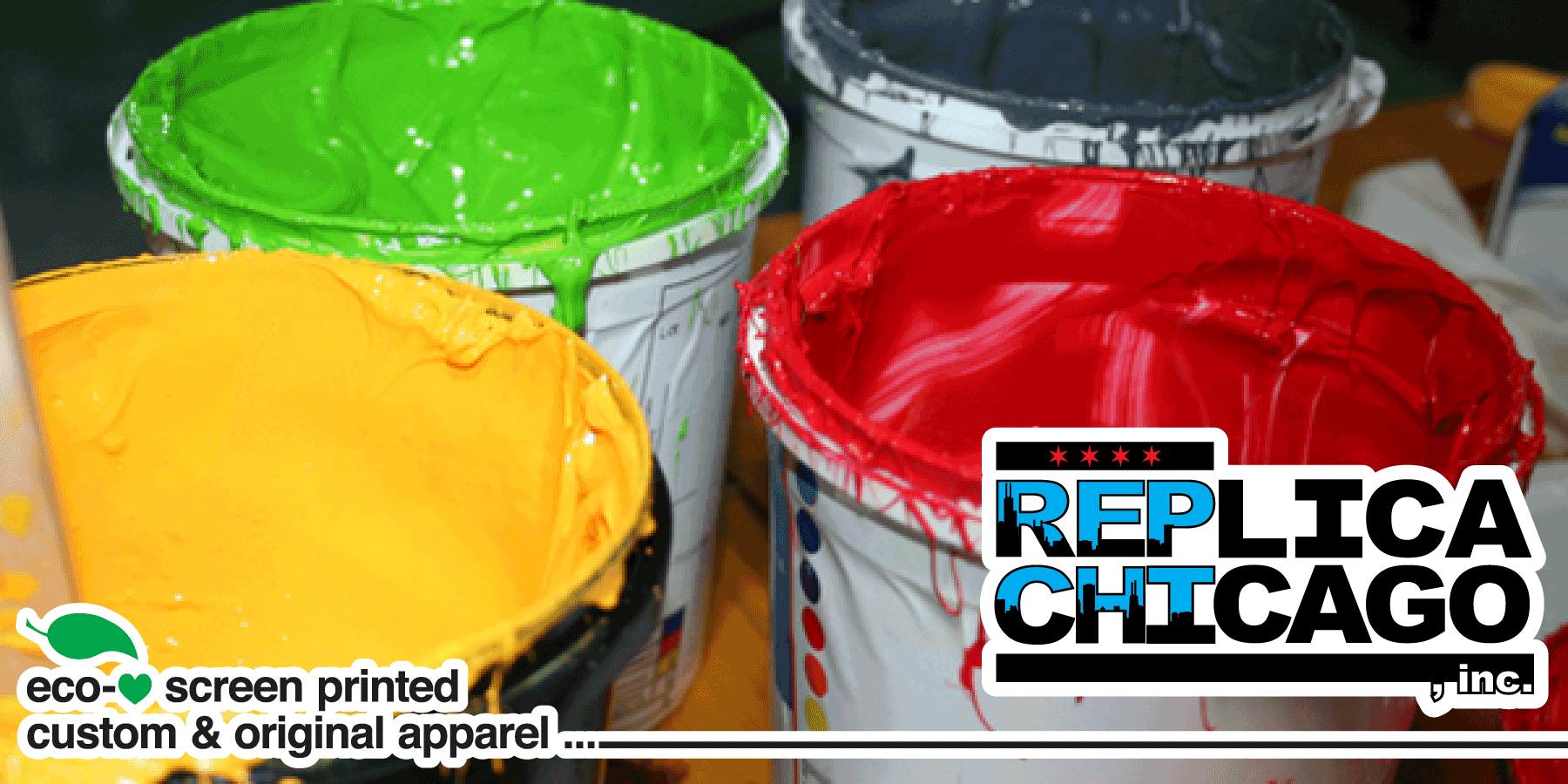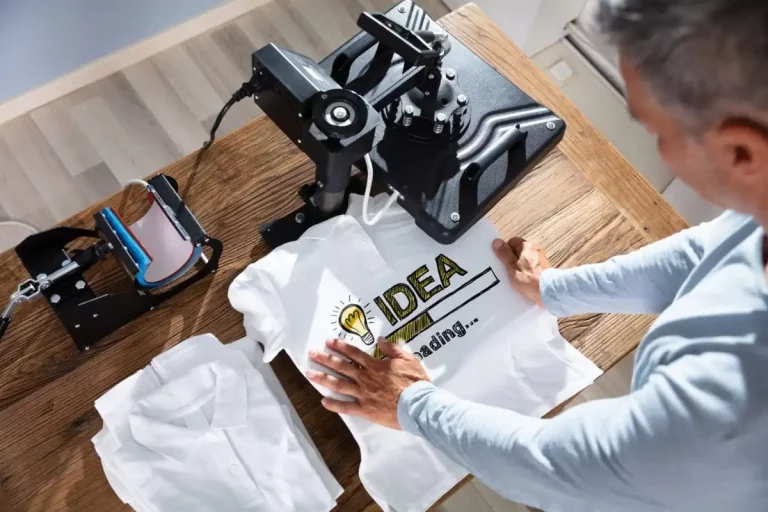Affordable Screen Printing Kit for Home Use
Affordable Screen Printing Kit for Home Use
Blog Article
Screen Printing Uncovered: Everything You Need to Understand About Tee Shirt and Garment Printing Strategies
If you have actually ever questioned how those vibrant styles wind up on your preferred t-shirts, you're in the best location. Display printing is an interesting approach that integrates art with method, providing endless possibilities for imagination. Recognizing the basics, from devices to ink selections, can considerably impact your results. Ready to discover the vital aspects that make screen printing an art kind? Allow's reveal the information that can boost your jobs.
The Essentials of Display Printing: How It Functions
When you plunge into screen printing, you'll discover it's both a science and an art. At its core, screen printing involves developing a pattern, or screen, that enables ink to go through just in particular areas (screen printing kit). You begin by picking your layout and preparing your display with a light-sensitive emulsion. Once you reveal this emulsion to light, it hardens, leaving your style as a negative area.
Next, you'll mix your inks and prepare your printing surface area. Position the screen over the material, after that use a squeegee to push ink via the display onto the garment. This procedure needs accuracy, as you desire clear, dynamic prints. After printing, you'll cure the ink with heat, guaranteeing it follows the material and lasts via washes. Each step is crucial, and understanding them will certainly boost your display printing abilities, transforming basic garments right into special, meaningful pieces.
Kinds of Display Printing Techniques
As soon as you comprehend the basics of screen printing, it's time to explore the numerous strategies that can boost your styles. One popular technique is traditional screen printing, where ink is pressed via a stenciled screen. This strategy is wonderful for bold, vibrant shades. After that there's water-based ink printing, which uses a softer feel and is green, however it calls for a various strategy to curing.
If you're going for fine details, think about discharge printing. This technique gets rid of dye from the material, leaving a soft, classic look. Another option is plastisol printing, recognized for its longevity and vibrant colors, making it a preferred for numerous brand names. Lastly, try out halftone printing to create slope effects and intricate styles. Each technique has its distinct beauty, so don't think twice to try them out to discover what fits your design best!
Necessary Equipment for Screen Printing
To accomplish stunning outcomes in screen printing, having the best equipment is basic. You'll require a strong screen printing structure, which holds the mesh that transfers your style onto the garment. Next, invest in premium mops; these are crucial for using ink evenly throughout the screen.
Choosing the Right Inks and Products
When selecting inks and products for screen printing, you need to think about the sort of ink that works best for your task. Consider textile compatibility to guarantee your designs look excellent and last long. Check out environment-friendly ink options to make your printing procedure extra sustainable.
Sorts Of Screen Inks
Picking the appropriate display ink is important for attaining dynamic, resilient prints that meet your project's needs. There are several kinds of screen inks to take a look at. Plastisol ink is prominent for its flexibility and convenience of usage, giving superb color opacity on dark fabrics. Water-based ink, on the various other hand, uses a softer feeling and is environmentally friendly, making it ideal for those looking to lessen their environmental impact. Discharge inks eliminate dye from the fabric, resulting in a soft, classic appearance yet require specific handling. Ultimately, specialty inks, such as metal or glow-in-the-dark, can add distinct results to your layouts. Evaluate your task requirements and pick the ink that lines up finest with your wanted outcome.

Textile Compatibility Considerations
Recognizing textile compatibility is crucial for accomplishing premium display prints, especially because various products react distinctly to numerous inks. Always check your inks on example material to assure they stick appropriately and preserve shade stability. In addition, maintain in mind that fabric weight and texture can affect the final end result, so choosing the best ink and material combination is essential for your task's success.
Eco-Friendly Ink Options
Eco-friendly inks are coming to be a prominent selection for display printers who intend view publisher site to minimize their ecological effect while maintaining high quality. When picking inks, consider water-based inks, which are much less hazardous and less complicated to tidy up compared to standard solvents. These inks bond well with fabrics, providing vibrant outcomes without hazardous chemicals. You might likewise check out eco-solvent inks that make use of fewer unpredictable organic compounds (VOCs), making them a much safer alternative for both your health and wellness and the world.
In addition, search for inks made from renewable energies, such as soy or vegetable-based choices. By choosing the appropriate inks and materials, you'll not only create spectacular layouts however additionally add to a more sustainable printing process. Make the button, and your prints will show your commitment to the environment!
Preparing Your Layout for Screen Printing

File Layout Requirements
To assure your style looks vivid and sharp on textile, you'll require to pay attention to submit format requirements for screen printing. Beginning with vector files like AI or EPS, as they can be scaled without losing top quality. If you use raster pictures, go with high-resolution files, such as TIFF or PNG, ideally at 300 DPI. Avoid making use of JPEGs, as they can shed clarity when resized. Additionally, ensure your layout has a transparent history to avoid undesirable white sides on your prints. Keep shade settings in mind; CMYK is common for screen printing, so transform your RGB develops as necessary - screen printing kit. By following these guidelines, you'll set your art work up for a successful print.
Color Splitting Up Strategies
Shade splitting up is a crucial step in preparing your layout for screen printing, and understanding it can substantially boost your print quality. You'll need to break your design right into specific shades, as each color requires a separate screen throughout printing. This accuracy not just guarantees precise color representation yet likewise simplifies the printing procedure.
Resolution and Dimension
Achieving the most effective lead to display printing starts with ensuring your design has the right resolution and size. Preferably, your artwork must be at the very least 300 DPI (dots per inch) for sharp, clear prints. Your final item might look pixelated and less than professional. if you make use of lower resolution.
When it concerns size, take into consideration the dimensions of your print area. Design your artwork to match the last print size, preferably creating it in the real measurements you'll be printing. By doing this, you'll stay clear of any type of unexpected scaling problems.
Constantly examine your layout in both vector and raster layouts. Vector graphics can be scaled without shedding top quality, making them optimal for display printing. Preparing properly will guarantee your style looks fantastic on every garment!
Step-by-Step Display Printing Process
Screen printing is a vibrant procedure that permits you to create vibrant designs on various surface areas. To get started, you'll need a display, emulsion, and your picked ink.
Put ink click to investigate onto the screen and make use of a squeegee to press the ink with the pattern onto the fabric. Raise the display carefully and allow the print dry. You've successfully display printed your design.
Tips for Successful Display Printing Projects
While you're diving into your screen printing jobs, keep in mind that preparation is crucial to success. Start by collecting all your materials-- inks, displays, garments, and mops. A clean office assists stop unwanted mistakes, so clean before you start.
Next, validate your artwork is high-resolution and effectively sized for your this garment. Test your display for proper exposure and tidy it thoroughly to prevent spots. When blending your inks, comply with the producer's standards to accomplish the appropriate uniformity.
Throughout printing, apply even stress with your squeegee for regular outcomes. Do not rush; take your time to verify each print satisfies your standards. After printing, allow your garments completely dry totally before taking care of or packaging them.
Last but not least, constantly maintain a sample of your job for future reference. This method, you can evaluate your development and enhance your methods over time. Delighted printing!

Regularly Asked Inquiries
How Lengthy Does It Require To Set up a Screen Printing Work?
Establishing a screen printing job normally takes around half an hour to an hour. You'll prepare the displays, mix inks, and readjust the press. The moment varies based upon intricacy and experience, so stay arranged!
Can I Publish on Various Fabric Enters Utilizing the Very Same Method?
Yes, you can print on various textile types utilizing the very same technique, but you'll need to change your settings and inks. Some fabrics take in ink in a different way, so experimenting guarantees the best outcomes for each and every product.
What Are Typical Mistakes to Stay Clear Of in Display Printing?
When screen printing, prevent usual mistakes like using the incorrect ink, ignoring proper exposure times, or skipping pre-press checks. Always evaluate your setup and maintain clean displays to ensure quality results each time.
Just How Can I Effectively Clean and Preserve My Screen Printing Devices?
To properly tidy and maintain your display printing devices, you should regularly clean displays with suitable solvents, inspect squeegees for wear, and guarantee all devices are stored dust-free and dry. Consistency avoids pricey fixings and improves performance.
Is Screen Printing Eco-friendly Contrasted to Other Methods?
Display printing can be extra eco-friendly than other approaches, especially if you use water-based inks and eco-conscious products. By selecting lasting materials and practices, you minimize waste and decrease your impact on the planet.
Display Printing Uncovered: Everything You Need to Know Concerning Tee and Garment Printing Techniques
At its core, screen printing entails developing a pattern, or display, that enables ink to pass through just in details areas. Placement the display over the fabric, after that utilize a squeegee to push ink with the screen onto the garment. One preferred technique is standard screen printing, where ink is pushed with a stenciled display.When choosing inks and products for display printing, you need to take right into account the kind of ink that functions best for your job.
Report this page